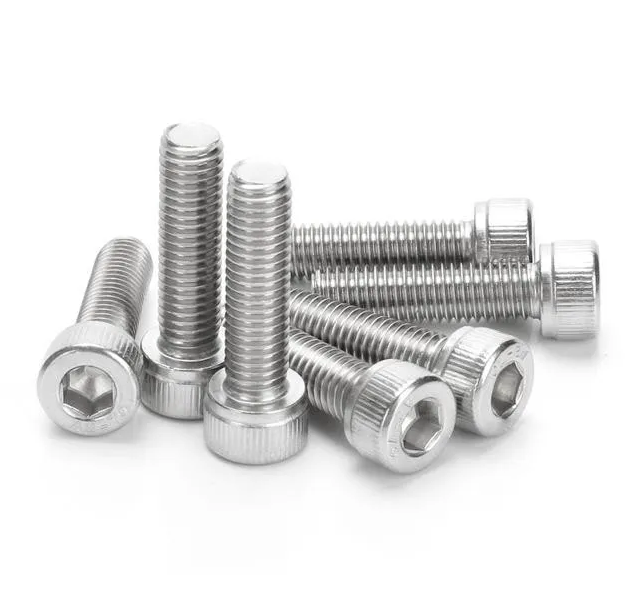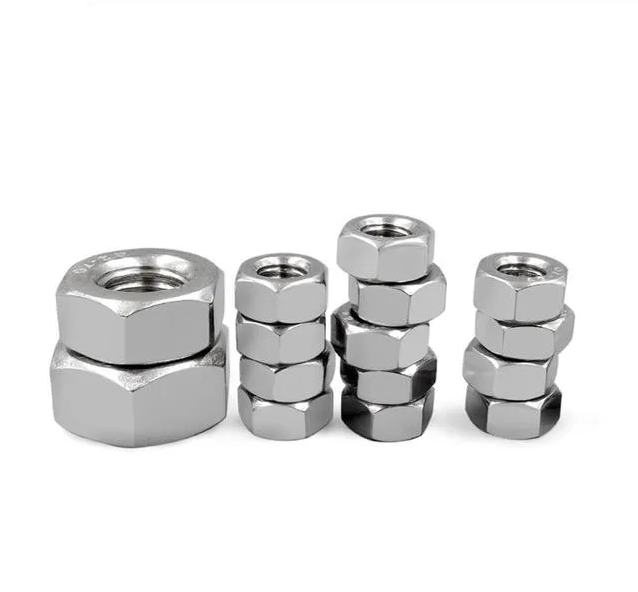The situation where the screw cannot be unscrewed and cannot be removed is called "locking" or "biting", which usually occurs on fasteners made of stainless steel, aluminum alloy, titanium alloy and other materials. Among them, flange connectors (such as pumps and valves, printing and dyeing equipment), railway and curtain wall first level high-altitude locking operations, and electric tool locking applications are high-risk areas for stainless steel fasteners to lock.
This problem has been troubling the stainless steel fastener industry for a long time. In order to solve this problem, fastener industry professionals have also tried their best to start from the source, combined with the characteristics of stainless steel fasteners, and summarized a series of preventive measures.
To solve the problem of "lock-in", it is necessary to first understand the cause and prescribe the right medicine to be more effective.
The reason for the locking of stainless steel fasteners needs to be analyzed from two aspects: material and operation.
At the material level
Because stainless steel material has good anti-corrosion performance, but its texture is soft, the strength is low, and the thermal conductivity is poor. Therefore, during the tightening process, the pressure and heat generated between the teeth will damage the surface chromium oxide layer, causing blockage/shear between the teeth, resulting in adhesion and locking. The higher the copper content in the material, the softer the texture, and the higher the probability of locking.
Operational level
Improper operation during the locking process can also cause "locking" problems, such as:
(1) The angle of force application is unreasonable. During the locking process, the bolt and nut may tilt due to their fit;
(2) The thread pattern is not clean, with impurities or foreign objects. When welding points and other metals are added between threads, it is more likely to cause locking;
(3) Inappropriate force. The applied locking force is too large, exceeding the thread's bearing range;
(4) The operating tool is not suitable and the locking speed is too fast. When using an electric wrench, although the locking speed is fast, it will cause the temperature to rise rapidly, leading to locking;
(5) No gaskets were used.
Post time: Sep-25-2024





